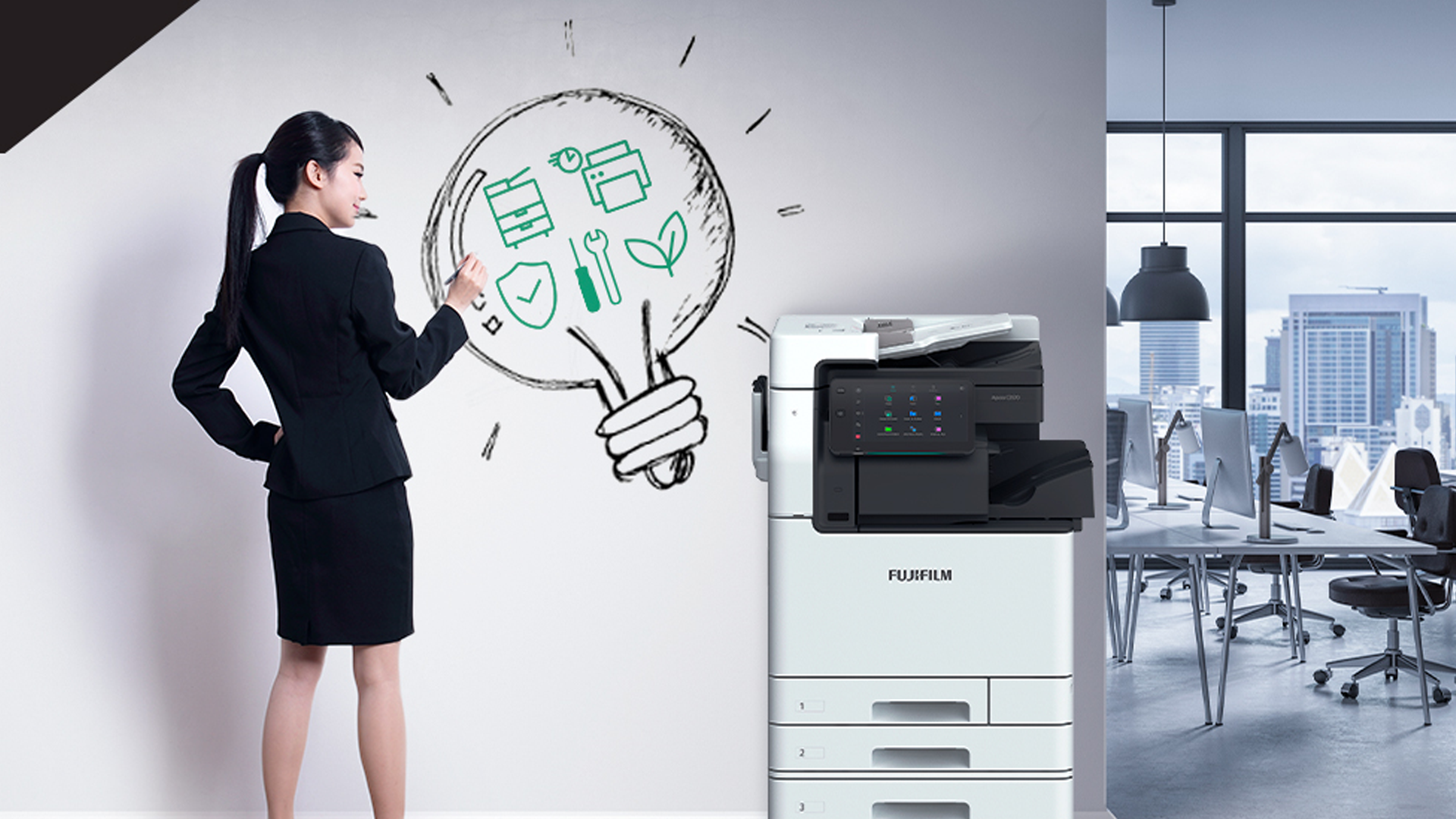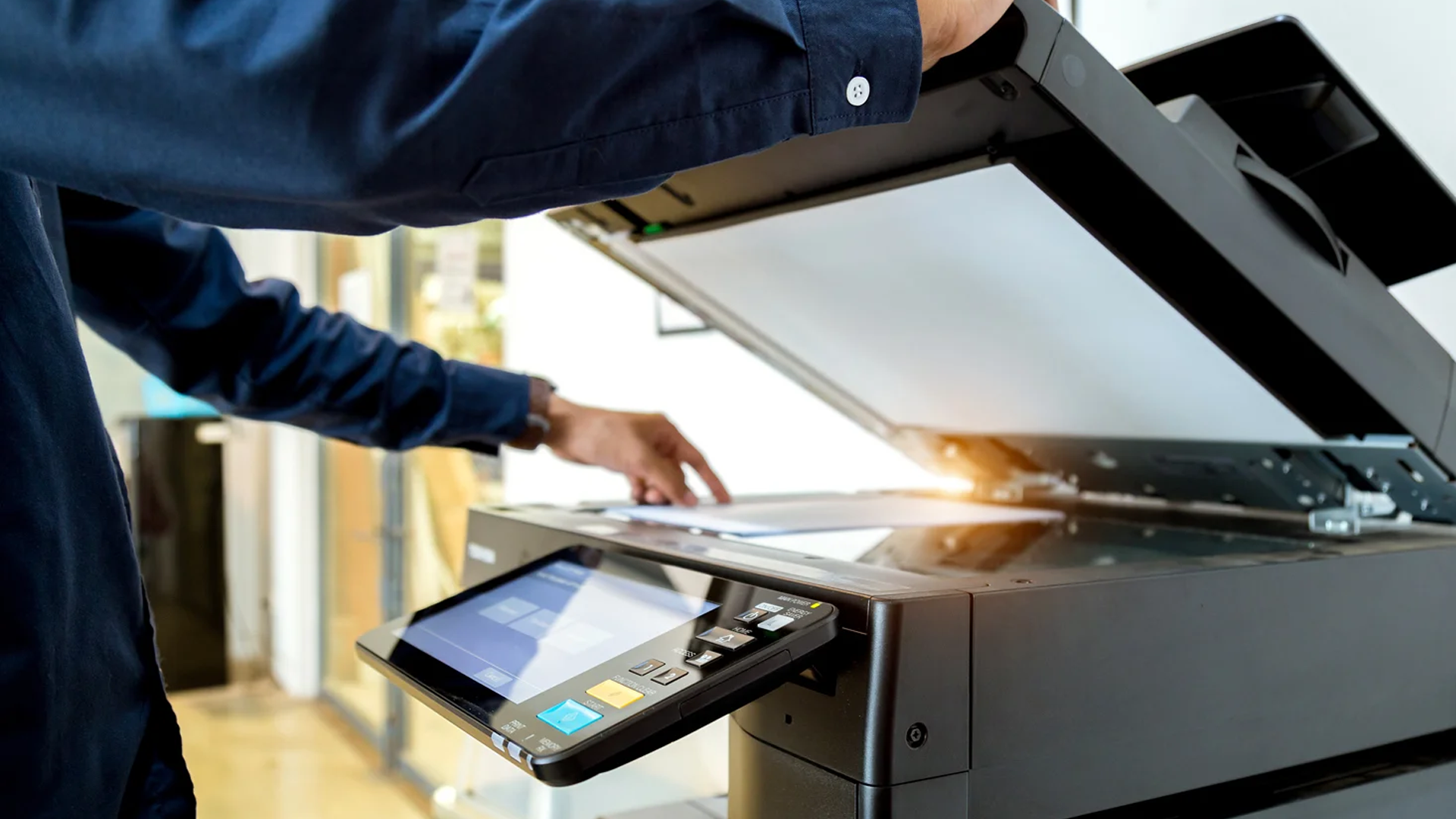8 Tips for Choosing the Right Production Printer for Your...
Read MoreWe use cookies to enhance your experience. By continuing to visit this site you agree to our use of cookies.

Choosing the correct production printer for your business is a major deal since it determines how smoothly your business works, how productive you are, and how excellent your prints are.
You can choose from a lot of different kinds of printers, like A3 printers and laser printers that can print a lot of pages at once. If you know how to pick the greatest one for your needs, you’ll get the most for your money and make your work easier.
This guide gives organizations eight pieces of advice on how to pick the best production printers.
When choosing a production printer, the most crucial thing to consider is how much and how often you will print. Production printers are built to handle printing projects that need a lot of pages, which is a lot more than what a standard office printer can do.
If you know how many pages your firm prints each month—hundreds, thousands, or tens of thousands—you can choose the correct size and power for your machine. A flexible A3 and A4 printer can help a firm swiftly and simply handle documents of multiple sizes if their printing demands change often.
Companies that generate catalogs, marketing materials, or comprehensive documents need to pay close attention to print quality. To protect the integrity of your brand, search for printers that can print at a high quality and get the colors right.
If you need bright, correct colors, an A3 color laser printer can be the perfect solution for your business because it can always generate sharp, professional-quality prints. Pick a printer that fits your business’s needs for picture quality.
In business, time is money, and how quickly you print is vitally crucial for meeting deadlines. Make sure the production printer can manage your workload without slowing down by checking the pages per minute (PPM) of your planned print speed.
For print shops or departments that are usually busy, high-speed production printers can produce hundreds of pages per minute. Modern printers, like the Xerox production printer series, are fast and reliable, which makes them great for continuous high-volume output.
You should consider more than just printing on paper. You should also think about what sorts of media your production printer can handle. Your printer should be able to print on a wide range of materials, from ordinary office paper to cardstock, envelopes, labels, and even unique materials.
Businesses that need both letter-sized and larger formats can benefit from an A3 and A4 printer that can handle a number of media types. This will let them handle more printing work in-house, which will cut costs and speed up turnaround times.
MPS Company, which is part of the Gulf Commercial Group, is one of the leading companies that helps businesses with their office technology needs. This relationship lets us do things in a unique, specialized way and learn from the group’s wealth of knowledge.
(CTA)
Finishing stuff like stapling, hole punching, folding, and producing booklets can make printed papers look professional without any extra labor. So check if the finishing options on the production printer fit your requirements by looking them over.
Furthermore, many production printers have modular finishing tools that make it easy to add these features. This is highly important for companies who need to generate reports, brochures, and other things that look professional.
When buying a production printer, you should think about the initial cost. Similarly, you should also think about the ongoing expenditures, such as consumables, maintenance, repairs, and energy use. Choosing a model that is cost-effective lowers costs over time.
When comparing printers, also think about warranty services and vendor support to save on repair expenses and downtime. For example, a Xerox production printer may cost more up front, but it comes with full service options that help keep expenses low.
If your staff can’t use and take care of a production printer, it’s not worth anything. Find control panels that are simple to use, media trays that are simple to load, and diagnostic tools that make it easier to keep things running.
Simple operation reduces down on training time and helps minimize printing errors from costing a lot of money. Pick brands who have good customer service and can come to your location to help you out. Some companies sell remote monitoring systems that let you know about problems before they get too big. This maintains your uptime stable.
A “future-proof” production printer contains features that may be added to it so that it lasts longer. This is because technology develops swiftly. Find models that can be updated with new software, have parts that can be added on, and can connect to the cloud to print.
If your organization buys an adaptable A3 color laser printer or a flexible production printer, it may fulfill its changing or expanding printing needs without having to buy new equipment. Planning for development keeps your money safe as your business grows and evolves.

A production printer is a quick, high-capacity printer that can print a lot of pages at once and at a professional quality. They are widely used by enterprises, big offices, and commercial print shops.
An A3 printer is the best choice if you need to print big materials like posters, pamphlets, and wide documents. Most standard printers can only handle paper that is A4 size or smaller.
Yes, many production printers can print on both A3 and A4 paper. This allows businesses a variety of various ways to print.
Businesses that need bright marketing materials will love an A3 color laser printer. It prints rapidly, makes professional-quality color, and can handle bigger documents.
Yes, a Xerox production printer is known for being fast, reliable, and having high print quality. This makes it great for printing a lot of things or completing a lot of work.
Print speed is particularly significant since it influences how well you can meet deadlines and keep your job flowing, especially when you have a lot of things to print at once.
Yes, finishing functions like stapling and producing booklets save time and make printed items look more professional.
You should also think about how much it will cost to maintain, repair, and power the printer, as well as the cost of ink or toner.
Yes, most production printers can print on a range of materials, including thick cardstock, labels, envelopes, and specialty papers.
Look for printers that can have their software updated, have more hardware alternatives, and interact with network or cloud systems to secure your investment.
When you choose a production printer, you should think about how much it will print, how good the prints will be, how quickly it will print, how well it will handle different types of media, and how much it will cost.
Getting the correct printer for your business will help you work more efficiently and professionally now and in the future. You can pick between a flexible A3 printer, a dedicated A3 color laser printer, or a Xerox production printer that works well.
8 Tips for Choosing the Right Production Printer for Your...
Read More12 Ways A Production Printer Can 2x Your Printing Efforts...
Read More8 Production Printers for Small to Medium Businesses Author Name...
Read MoreHow To Choose Between Laser and Inkjet High-Speed Photocopier For...
Read More